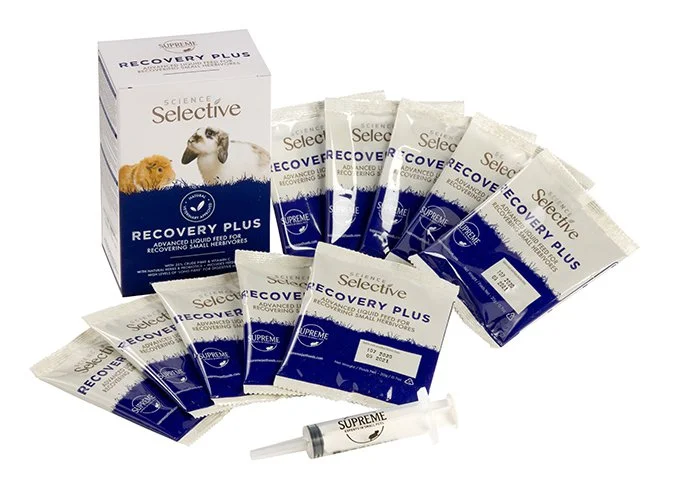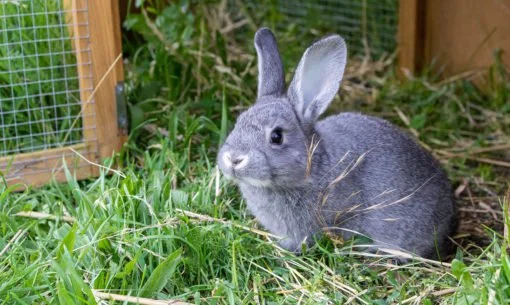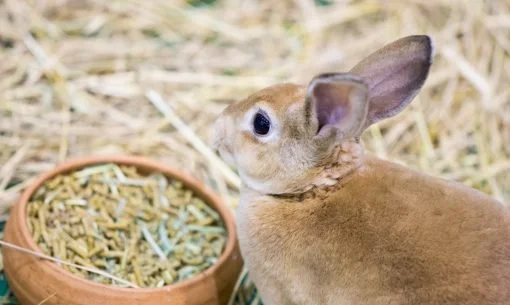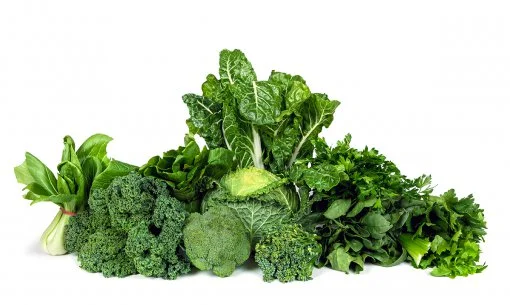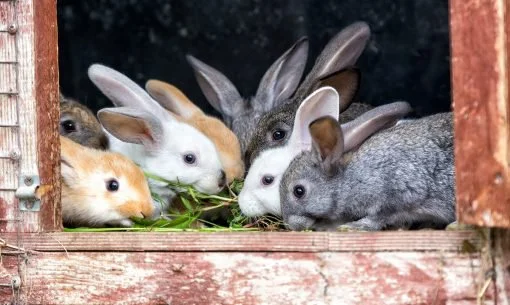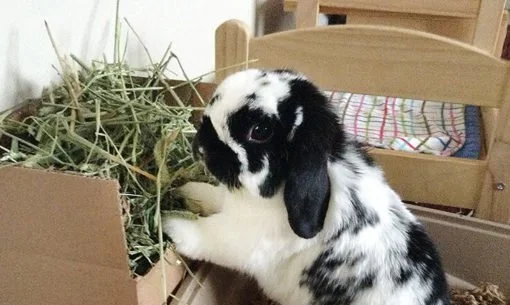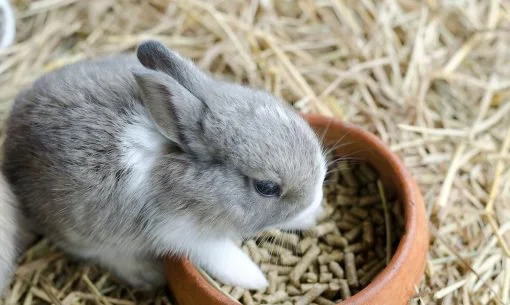Syringe Feeding Rabbits: all you need to know
While us humans can go off our food for a day or two if we’re feeling poorly, the same isn’t true for our rabbit friends. In fact, if bunnies stop eating for even a short period, they can become very ill. This means that in order to nurse poorly bunnies back to health, we’ll often have to support them with syringe feeding. Read on to find out why it’s so important for rabbits to keep eating, learn what makes a good food for syringe feeding rabbits, and gain some practical tips on how best to do it if you’ve been advised to by your vet.
What are the dangers of rabbits not eating?
Rabbits are adapted to live mainly off grass, which isn’t exactly a high-energy food. To deal with this, they’ve developed a highly specialised digestive system that depends on a continual input of food. If they stop eating, their gut will slow down and this can lead to a condition called ‘gastrointestinal stasis’.
Gastrointestinal stasis is very dangerous for bunnies. In this condition, harmful bacteria can multiply in the gut, blockages may develop, and gas can also build up and cause pain. Ultimately, a vicious cycle develops where the illness and discomfort make the sick bunny even less likely to eat.
There’s also another big problem with rabbits going off their food – they stop wearing their teeth down by chewing, so they can easily develop dental disease. This may well require veterinary treatment.
Given all the risks of rabbits not eating, it’s vitally important for bunnies to keep their food intake up. However, they can stop eating for a number of reasons, including pretty much anything that causes pain or stress.
Supporting bunnies who aren’t eating
Since there are many different reasons why rabbits may lose their appetite, your vet will check carefully to see if they can find the cause. Depending on what they find, they may have to give a particular treatment. Besides this, the bunny will need some help to get their digestive system moving again, and this often involves supportive feeding with a special recovery food.
Recovery foods generally come as a powder that you can make up into a paste by adding warm water. There are various options available, and the ingredients will help determine how quickly and well your rabbit recovers.
What makes a good diet for syringe feeding rabbits?
The first thing about recovery diets is that they should be super tasty! The rabbit will tolerate the process much better if the food is attractive to them. Also, the more the bunny enjoys the food, the sooner they will start to eat by themselves if they’re offered some in a bowl. Our Science Selective RecoveryPlus is a diet specially formulated to appeal to poorly bunnies.
As regards nutrition, it’s really important that the food has a high fibre content. Fibre, especially the long pieces you can see by eye, is crucial to get the bunny’s guts moving again. The amount of long fibre varies quite widely between different diets, and RecoveryPlus has a high concentration compared to other options. It also contains probiotics and prebiotics to restore a healthy population of gut bacteria, and enough protein and vitamin C to support the immune system.
Another consideration is the ease of feeding – supportive feeding is much simpler if it doesn’t take much effort to get the food in and out of the syringe. RecoveryPlus is designed to flow easily, and it also comes with a special feeding syringe that’s easy to use.
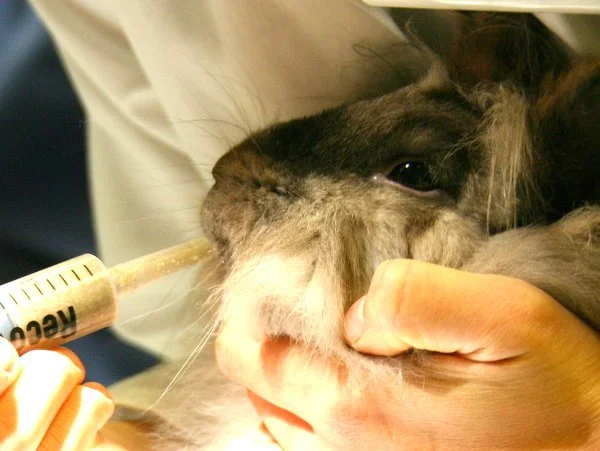
How to syringe feed rabbits
Syringe feeding rabbits can seem daunting if you haven’t done it before, but it’s not that scary! The key thing is to make the process as calm and stress-free as possible. It helps to feed your bun in a quiet area without noise or distraction, and make sure you’re well-prepared with everything you’ll need in easy reach.
As well as keeping your rabbit calm, it’s also best to keep them clean, as sores can develop on the skin if it’s dirty and damp. A handy tip is to use a baby’s bib to help protect the dewlap area from spilt food, and then gently clean around your bunny’s mouth once you’ve finished.
Here’s how to syringe feed your rabbit:
- Add warm water to the powder following the guidelines on the packet, and mix thoroughly so it’s an even consistency
- Draw a small amount into the syringe
- Hold your bunny in a natural position – one way to do this is to place them on a waist-high table facing away from you, then lean over and support their back. Other people find it easier to place the bunny on their lap, again facing away
- Gently hold the head – you can place your palm around the back of the head and put a finger and a thumb on either side
- With the other hand, gently insert the syringe into the side of your rabbit’s mouth, in the gap between their incisors and cheek teeth
- Give about 1ml, then remove the syringe and allow the rabbit to finish the mouthful – make sure they chew and swallow before giving any more food
- Wipe the syringe between mouthfuls to get rid of accumulated food
Each rabbit will need a different amount of food depending on their size, so follow your vet’s instructions as to how much food to give your bun in total. For RecoveryPlus, we advise giving one sachet per kilo of body weight per day, split over several feeds.
That’s our advice on syringe feeding rabbits! For more information on helping poorly bunnies to recuperate, take a look at our RecoveryPlus page.
